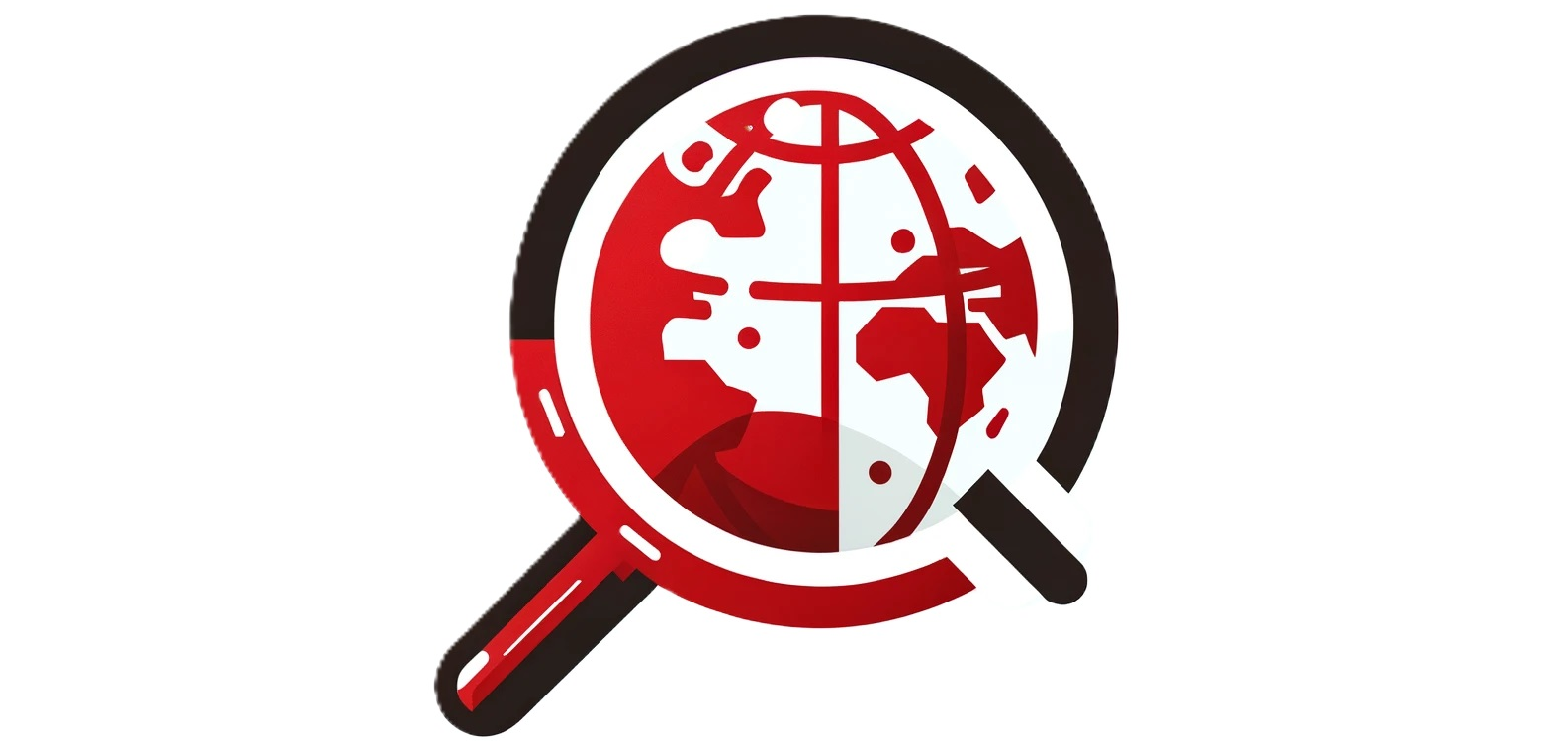The quality of automotive parts and products needs to be at the highest level for them to be efficient and they should meet specified requirements. In fact, failing to meet them could hinder your chance of finding a buyer within the European market which is why the production part approval process is so important.
The production part approval process, otherwise known as PPAP, is used throughout the automotive industry supply chain in order to assure confidence in suppliers and their production processes. PPAP is a vital tool, especially in today’s competitive manufacturing environment, and maintaining a high-level of quality has become critical to a company’s success.
What is PPAP?
PPAP stands for production part approval process and it is used to ensure consistent quality throughout the manufacture of the automotive parts.
PPAP is used to identify and resolve any factors that may cause variations against the specification and allowable tolerances for a given part that can occur through wear and tear or due to changes in temperature during the production process.
PPAP is an industry standard that ensures engineering design and product specifications are met throughout the PPAP guideline. Suppliers and customers must understand and conform to all the requirements to obtain approval of supplier-manufactured parts.
What are the 5 levels of PPAP?
There are five levels of PPAP and the process helps with the reporting of activities with the results are managed into a structured and consistent format.
PPAP levels of submission
Third-party inspection companies can provide all levels of PPAP documentation from PPAP level 1 to PPAP level 5.
Level 1 – part submission warrant, for designated appearance items, an appearance approval report, which is then submitted to the customer
Level 2 – a warrant with product samples and limited supporting data submitted to the customer
Level 3 – a warrant with product samples and complete supporting data submitted to the customer
Level 4 – a warrant and other requirements that are defined by the customer
Level 5 – a warrant with product samples and complete supporting data reviewed at the organization’s manufacturing location
What are the Elements of PPAP?
The PPAP checklist includes all the necessary requirements needed for a complete PPAP package. The checklist helps to identify different PPAP levels (from 1 to 5) and there are 18 possible elements that must be checked off.
The 18 elements of PPAP are:
1. Design Records – copies of all drawings. I the customer has drawn their own design then this needs to be sent along with the purchase order. However, if the supplier drew the designs then this needs to be released using a supplier’s release system.
2. Authorized Engineering Change Documents – this document shows a detailed description of any changes and is called an ‘engineering change notice’ and could be authorized by either the customer or an engineering authorization company.
3. Customer Engineering Approval – this approval is usually completed whilst the production parts are at the customer’s plant. Parts are usually sent to the customer before PPAP.
4. Design Failure Modes and Effects Analysis (DFMEA) – this is applied in special circumstances and a copy of DFMEA should be reviewed and signed off by the supplier and customer.
5. Process Flow Diagram – the process flow should indicate all the steps and sequences throughout the fabrication process including, incoming components.
6. Process Failure Modes and Effect Analysis (PFMEA) – this document follows the process flow steps and it needs to be reviewed and signed off by the supplier and customer. It indicates any issues found during the manufacturing process and the assembly of each component.
7. Control Plan – a copy of this plan needs to be reviewed and signed off by the supplier and customer. It follows the PFMEA and provides more details of any potential issues and the incoming quality, assembly process.
8. Measurement System Analysis (MSA) – this step contains the critical or high impact characteristics and confirms the materials used to measure these and ensure they are calibrated.
9. Dimensional Results – this is a list of all the dimensions showing the product’s characteristics, specifications, measurements and an assessment to show whether the dimensions were accurate or not. 6 pieces are usually reported per combination.
10. Records of Material/Performance Test Results – summaries of every test performed is usually carried out in a form using DVP&R (Design Verification Plan & Report). This lists each test, the date of when it was performed, the specification, the results of the test and the assessment result which is either pass or fail. This will then be signed off by both the customer and supplier.
11. Initial Process Studies – this section will show all the control processes and the most critical characteristics. This is used to demonstrate that all critical processes have stable variability and is running as intended.
12. Quality Laboratory Documentation – a copy of all laboratory certifications will ensure that the laboratories performed the tests accurately.
13. Appearance Approval Report (AAR) – a copy of this inspection form needs to be signed by the customer and any components affecting appearances should be mentioned.
14. Sample Production Parts – the PPAP package should include a picture of the sample and where it is kept.
15. Master Sample – this sample should be signed off by the customer and supplier and is used by train operators on subjective inspections.
16. Checking Aids – if any special tools were used, this section should show a picture of the tool including dimensional reports.
17. Customer-Specific Requirements – each customer may have specific requirements that need to be included on the PPAP package.
18. Part Submission Warrant (PSW) – this is a summary form that will including the whole PPAP package, it shows the reason for submission, design changes, annual revalidations and the level of documents submitted to the customer.
What is APQP?
PPAP is just one component of Advanced Product Quality Planning (APQP). APQP is a defined process that is used for introducing new products into the market. A team composed of engineers, manufacturers as well as quality, procurement, and distribution professionals, will perform an APQP to ensure all products meet customers’ requirements. APQP includes product planning and quality program definition, product design and development, process design and development, and validation of product including any necessary improvements.
What’s the difference between APQP and PPAP?
PPAP is an important step within the APQP process. PPAP is the product and process validation fourth phase in the five-phase APQP process. If the PPAP results are not satisfactory, it usually means that the APQP process is not working correctly. Ensuring APQP is working correctly is essential, as it can reduce or eliminate risks to new products being launched that aren’t up to standard.
About AQM BD
With over 25 years of experience in quality assurance, AQM BD is ready to help your business build meaningful and robust supplier relationships across Asia. Our many service locations are prepared to be your one-stop-shop for your inspection needs, including factory audits, production monitoring, pre-shipment and sorting inspections, and everything in between. This will allow you to know exactly what’s happening on the ground and keep close tabs on your suppliers. Contact us today to find out how we can help you navigate current quality control challenges.





